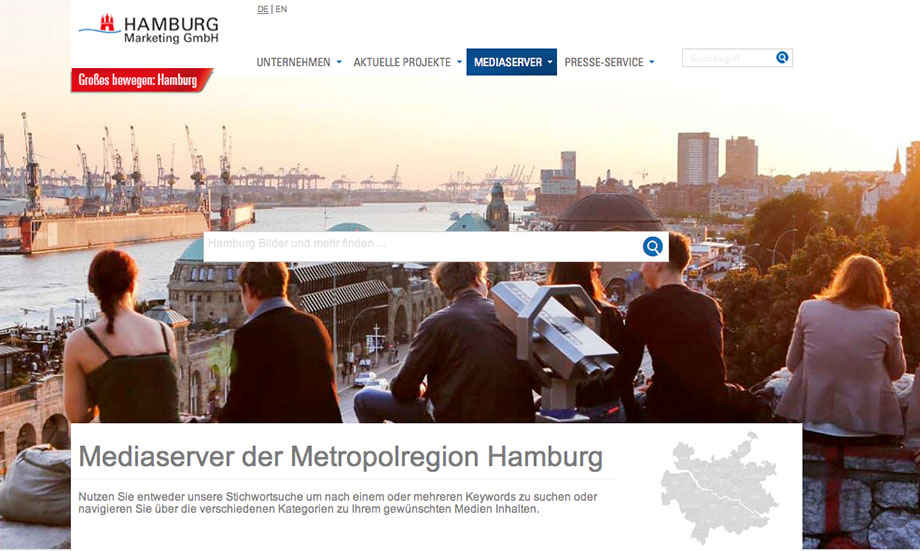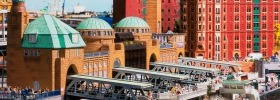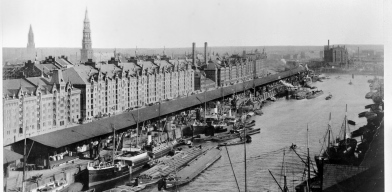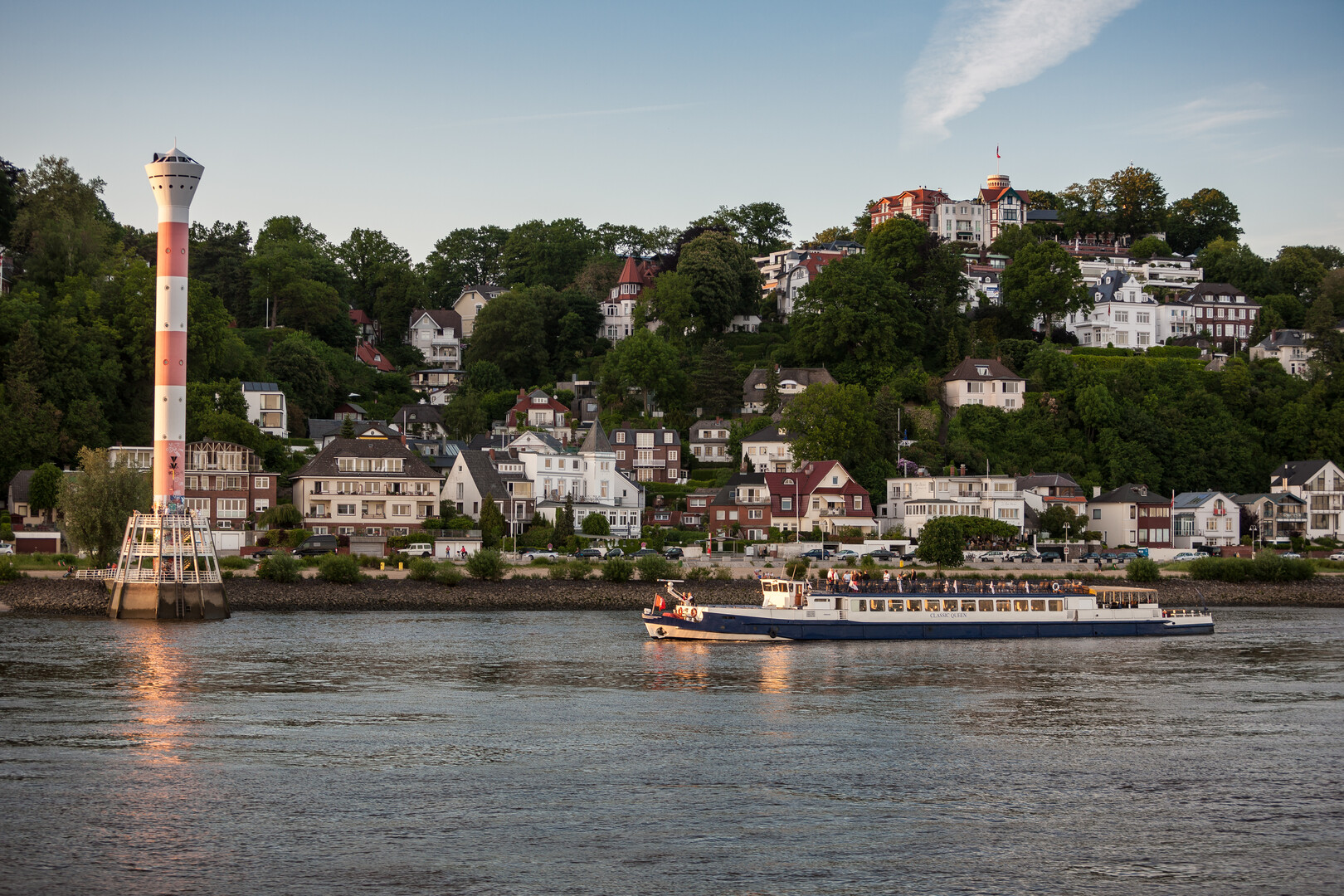Looking Sharp - UNESCO World Heritage Speicherstadt and Kontorhausviertel with Chilehaus
Hamburg’s former warehouse district, the Speicherstadt, and the Kontorhausviertel area around the Chilehaus building are two unique settings whose stories are closely entwined – and they have now been declared a UNESCO World Heritage Site.
Unparalleled, unmistakable, universally significant: an entry on the list compiled by the World Heritage Committee is a prestigious honour that can be likened to an Olympic gold medal for architecture and areas of natural beauty. It has been conferred on a diverse range of outstanding places including Venice, the Galapagos
Islands, Chartres Cathedral and the ruins of the Angkor Wat temple complex in Cambodia. Hamburg has now has a World Heritage Site of its own: the Speicherstadt warehouse district and, on the other side of the Zollkanal, the Kontorhausviertel area – an urban port and office quarter as well as a symbol of trade and how it’s changed through the ages.
Dark, expressive brick facades like those seen on the Chilehaus and Sprinkenhof buildings dominate the office blocks of the Kontorhausviertel district, whereas the waterside warehouses of the Speicherstadt are known from their warm red brickwork. Different as they seem, the Speicherstadt and Kontorhausviertel both date from a time that saw major upheavals in Hamburg’s economic structures as well as rapid growth; the age of industrialisation that eventually led to the founding of the German Empire. Up until the late 19th century, merchants used their townhouses for living, working and warehousing. From this point on, however, strict separation was the new way of doing things: an office in the Kontorhausviertel district, a warehouse in the Speicherstadt district and a private residence near the Alster Lake.
Eviction for free trade
When Hamburg became part of the Kaiserreich after 1871, it was stripped of its exemption from customs duty, a privilege that had been the cornerstone of the sovereign city-state’s prosperity over many centuries. As the exemption remained in force in a small enclave in the port area, almost all the existing buildings on the Elbe islands of Kehrwieder and Wandrahm were demolished to make way for the Speicherstadt, which was built in neo-Gothic style between 1883 and 1914. This made it possible to organise customs-free trade in an efficient manner, with the warehouses served by barges from the water and by horse and cart from dry land.
Although the islands had previously been home to some 20,000 people, the residents were quite simply displaced. As many workers moved into the old city, which was located just over the road, conditions became even more cramped and even less hygienic. A cholera epidemic broke out in 1892, causing some 10,000 deaths. When this area was eventually renovated, the Kontorhausviertel was built, featuring a kind of architecture unknown at the time: all-office buildings without flats or warehouses. The most prominent example of this new type of construction, the Chilehaus, was built between 1922 and 1924. With ten storeys, it was one of Germany’s first-ever high-rise structures.
Salpetre-Millionare builds Chilehaus
It was commissioned by Henry B. Sloman. Born into a good Hamburg family that had fallen on hard times, he emigrated to South America at the age of 21, where he made his fortune by mining and trading in saltpetre before returning to Hamburg in 1888. Worth around 60 million marks, he was thought to be the richest man in the city, pouring some 10 million marks into the Chilehaus building, which he named in honour of his overseas successes.
Many companies still have their offices in the Kontorhausviertel district, which is a popular area on account of its central location and many small restaurants. The nearby Speicherstadt, however, has changed. Ever since the free port was abolished, creative agencies, museums and eateries have discovered the charm of the loft-style brick buildings. Nowadays, many tourists stroll down the narrow streets and across the bridges as they make their way to the Elbphilharmonie and the HafenCity area, giving this old part of town a new lease of life.
Text: Christian Tröster in „Hamburg: das Magazin aus der Metropole“ Ausgabe 34 (09/2015)






